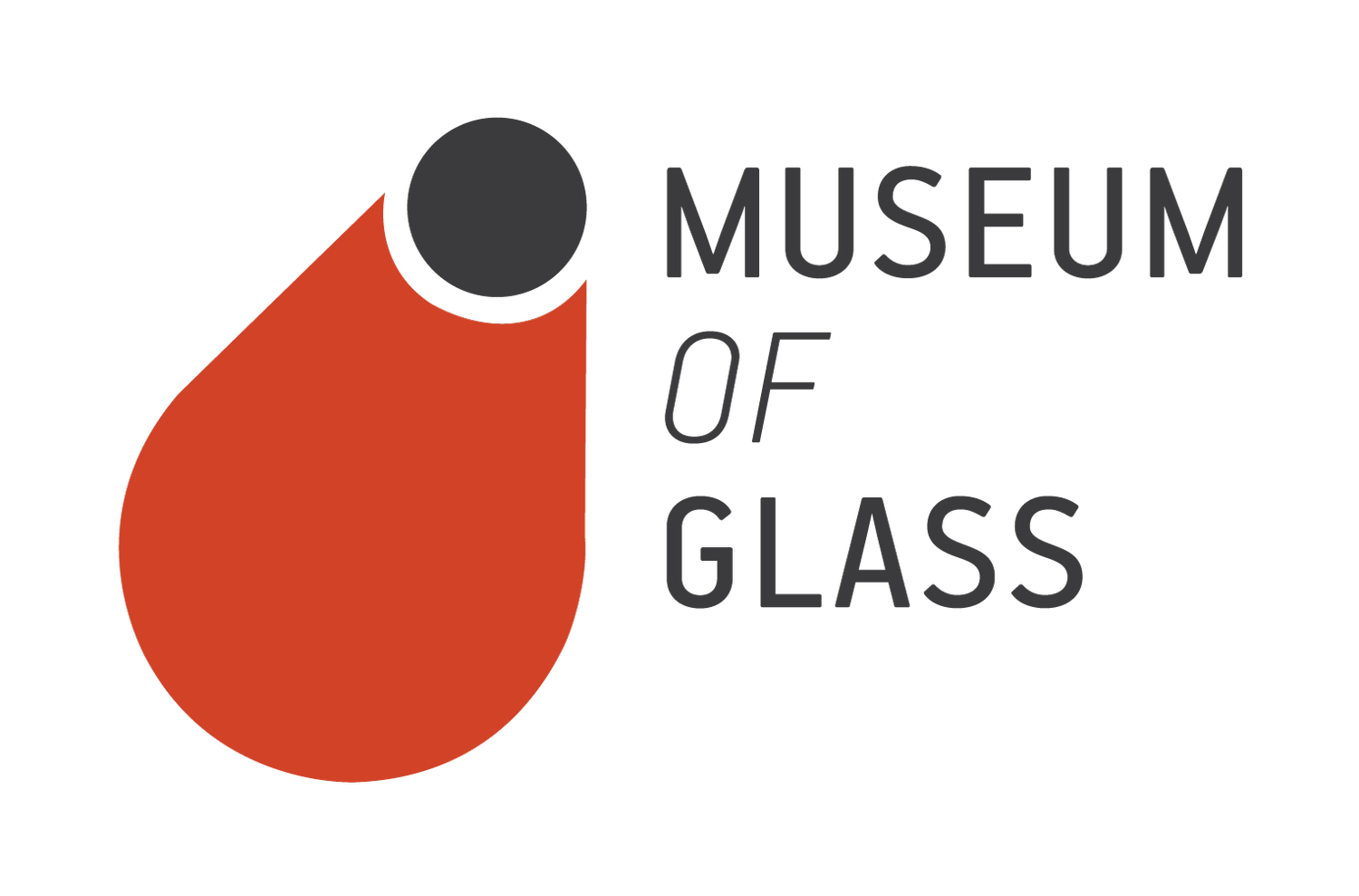"She Bends: Redefining Neon Legacy" Artist Statements: Jude Abu Zaineh on "tend to grow (watermelons)"
Photo courtesy of the artist.
Neon is a master-apprentice trade; those holding the knowledge control to whom it is passed. Our newest exhibition, She Bends: Redefining Neon Legacy, tells the story of this evolution playing out in real time, as custodians of the craft become more intentional with how, and to whom, they pass their torches.
Jude Abu Zaineh is a Palestinian-Canadian interdisciplinary artist and cultural worker. She is the recipient of the 2020 William & Meredith Saunderson Prize for Emerging Artists and was one of the first selected artists to participate in a collaborative residency with the Ontario Science Centre and MOCA Toronto (Canada). She has presented her work at a number of cultural institutions. Abu Zaineh was taught by Stephanie Sara Lifshutz and Meryl Pataky.
Jude Abu Zaineh (Palestinian- Canadian, born 1990). tend to grow (watermelons), 2022, detail. Varying glass tubes and gases; electrodes. Dimensions variable. Photo courtesy of the artist.
She Bends: What motivates you? What are you trying to achieve through your work?
Jude Abu Zaineh: In my practice, I use various forms of art, food, and technology to investigate meanings of culture, displacement, diaspora, and belonging. I examine ideals of home and community while working to develop aesthetics connected to my childhood and upbringing in the Middle East. With neon, I’m interested in different forms of communication, translation, language, and even the failures of translation when thinking through the projects I like to produce in this medium.
SB: Can you tell us a bit about your work in this exhibition?
JAZ: The watermelon is an agricultural staple and beloved summer fruit in Palestine. It also serves as a longstanding symbol of Palestinian resistance and perseverance, especially after all displays of the Palestinian flag and its colors were banned by oppressive colonial forces. The watermelon, mirroring the same colors as the Palestinian flag, became emblematic of national pride and freedom of expression. This work was produced at Meryl Pataky's studio during a She Bends artist residency in 2022.
SB: How did you begin working on this type of series, or art in general?
JAZ: I've been working as an interdisciplinary artist for a few years, and neon made sense as another medium to adopt into my practice. Outside of my deepened interest in its technical capabilities, it’s a beautiful visual tool and effective language to communicate with viewers. I had been thinking about making so many pieces this way, but faced roadblocks – namely, that the local shops I approached in Canada weren’t interested in taking on a student of the craft. Years later, I was finally given an opportunity to work with neon in 2019, after travelling to San Francisco in pursuit of studio workshops with Meryl Pataky.
SB: Who has influenced you as an artist?
JAZ: I have been influenced by the writings of Mahmoud Darwish, Ghassan Kanafani, Edward Said, and bell hooks. Visually and conceptually, my influences are the work of Mona Hatoum, Mickalene Thomas, Kara Walker, Jennifer Willet, Hiba Abdallah, Jenny Holzer, Barbara Kruger, Anthony McCall, James Turrell, and so many others. And, of course, learning directly from Meryl Pataky and Stephanie Lifshutz has influenced the way I work with neon.
She Bends: Redefining Neon Legacy opens at Museum of Glass on February 11.


